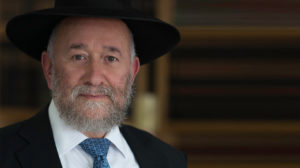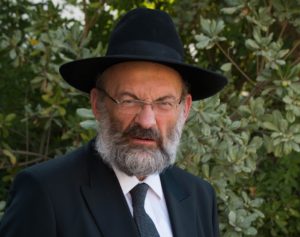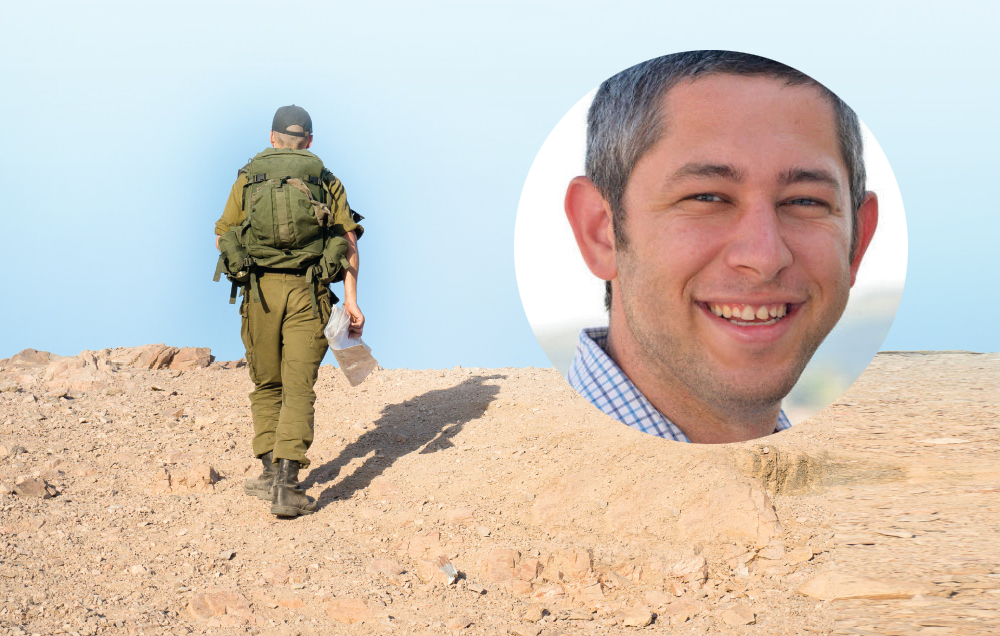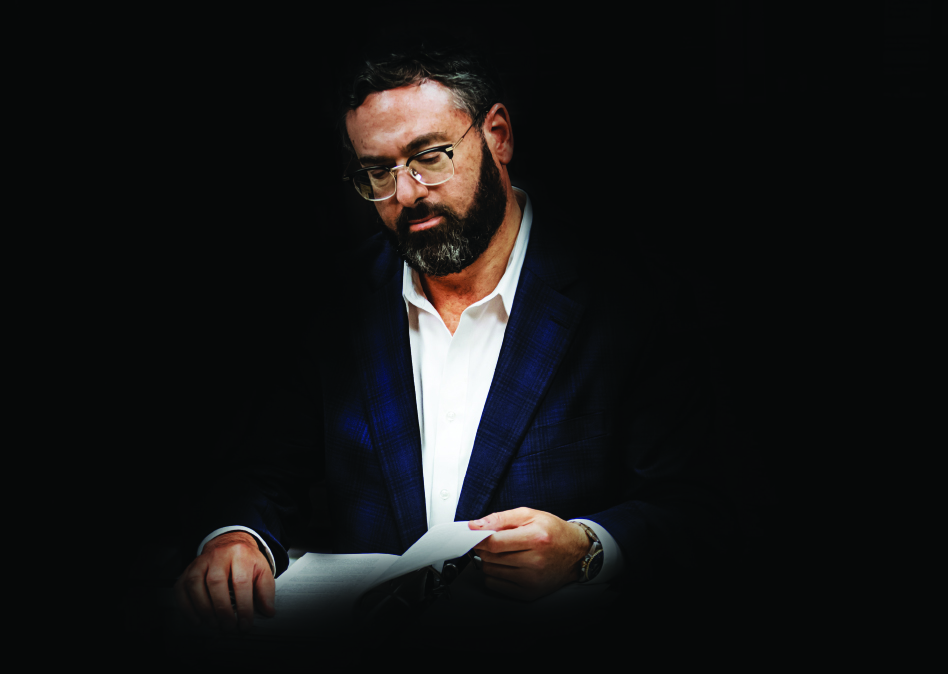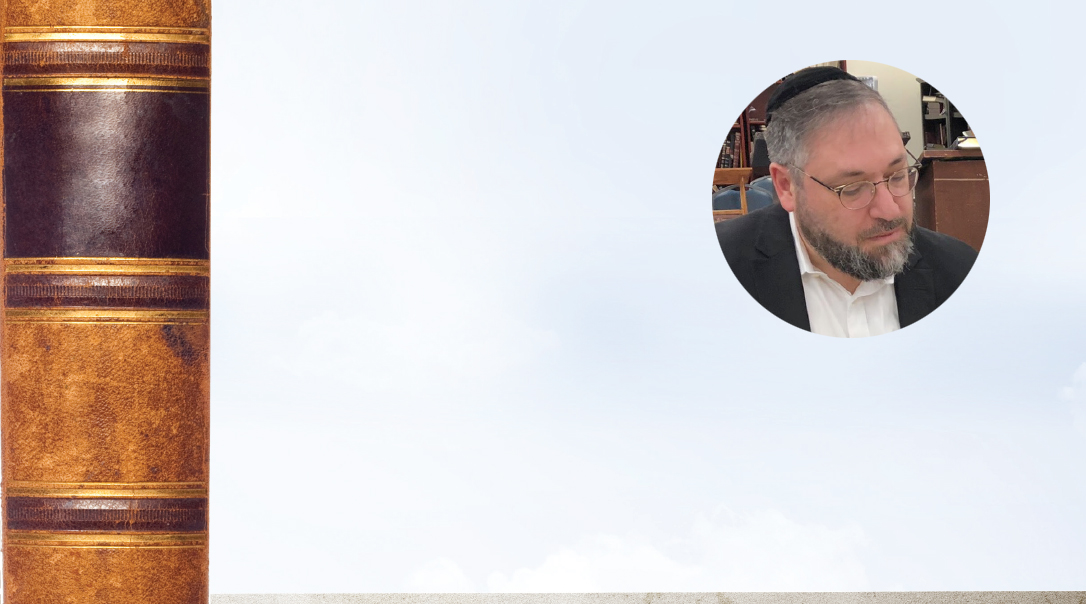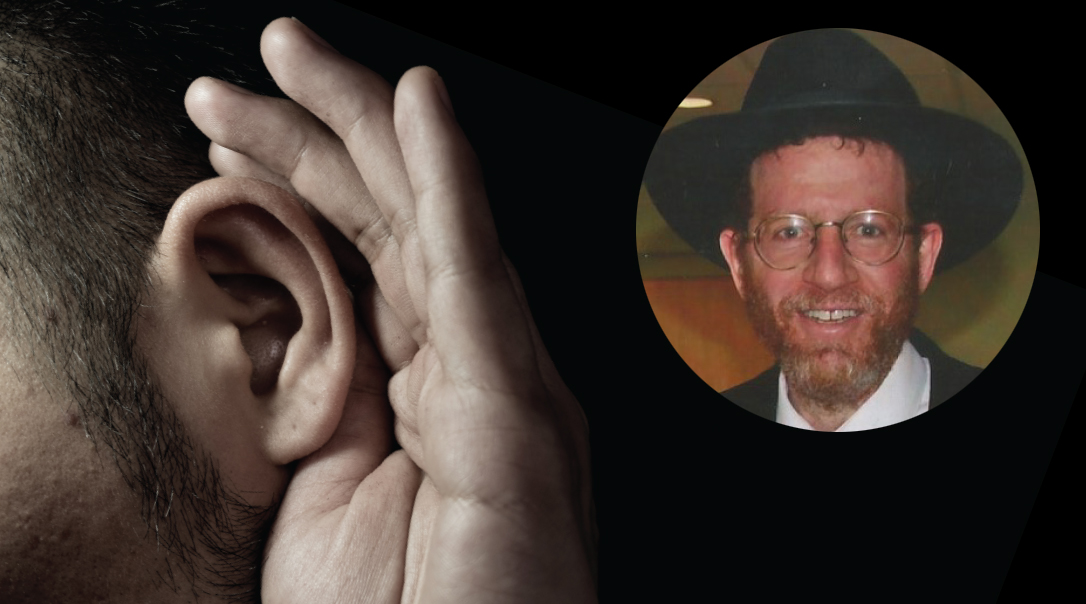Better Together: Poetic Pair


H
umility aside, I’m good at Dr. Seuss style poetry. Like, really good.
I’m probably the only one who has a full peirush written up on Yertle the Turtle, as well as The Sneetches. (It’s called Seuss V’rochvo — you think ArtScroll would publish it?) Throughout my yeshivah years, for the most part, this hidden talent was relegated to bein hasdorim pastimes, and the occasional sheva brachos grammen.
That changed drastically when I was paired up to learn b’chavrusa with Meir. (Last name intentionally omitted. He’s a prestigious maggid shiur today, and I don’t want to put his job in jeopardy.) It happened one day that I asked something to the effect of “What’s the svara?”
My new chavrusa’s response was, “It’s meforash in the Gemara.”
Suspecting this was just a coincidence, I tried again. “So what is pshat in Rashi?”
The response was, “That’s according to Rav Ashi.”
I needed one more to be certain. “So what’s the hava amina?”
Response: “That’s l’fi shitas Ravina.”
That settled it, I had met my match. From that day on, the average first seder might sound something like:
Chatzi nezek isn’t mammon
‘Cuz you’re only paying half;
Nor is arba’ah v’chamishah
If you steal a sheep or calf.
And the halachah is meforash,
Throughout all of Shas,
That more or less than nezek shaleim
Constitutes a knas.
It was cute. It was fun. But looking back, it was the most academically and spiritually positive experience I had throughout all my yeshivah years. I have a theory as to why.
The Gemara in Bava Metzia (84a) describes the union of Rabi Yochanan and Reish Lakish as the greatest chavrusashaft of all time. When Reish Lakish passed away, Rabi Yochanan’s grief was so great that he tore his clothes and cried, “Where are you, son of Lakish? Where are you, son of Lakish?” He cried until his sanity began to wear away. Seeing his inconsolable pain, the Rabbis prayed that, he too, be taken to the Next World.
And that is what happened. The neshamah of Rabi Yochanan ascended heavenward, once again united with his lifelong chavrusa. So close was their friendship, one simply could not live without the other.
But the Gemara also describes the peculiar circumstance in which this inseparable union came about. In his previous life, Reish Lakish had been a bandit, and Rabi Yochanan once observed as he demonstrated his incredible physical strength and ability.
Rabi Yochanan famously commented, “Cheilach l’Oraisa — Your strength should be dedicated to Torah.”
A conversation ensued and Reish Lakish ultimately came to become the famed Amora, as well as Rabi Yochanan’s chavrusa.
Perhaps this singular genesis was the secret to their lifelong chavrusashaft. Rabi Yochanan did not criticize Reish Lakish, he saw no reason to discourage him from utilizing his unique capabilities. Rather, it was all about “cheilach l’Oraisa” — using those strengths, the talents and skills that define you as an individual, and vesting them in the single pursuit that unites us all as one. And when each chavrusa respects the other’s individuality, using their joint strengths to endeavor a Single Truth, it forges a bond that is inseverable.
A true chavrusashaft is one where each respects each other’s uniqueness, be it music, athleticism, or Seussean prowess. Rather than discourage it, they redirect it, guiding one another to respond to the clarion call “cheilach l’Oraisa!”
Shmuel Botnick is a musmach of Ohr Somayach’s Ohr La’Golah program. He lives in Cincinnati, where he is a third-year law student.
(Originally featured in 'One Day Closer', Special Supplement, Chanuka/Siyum HaShas 5780)
Oops! We could not locate your form.



